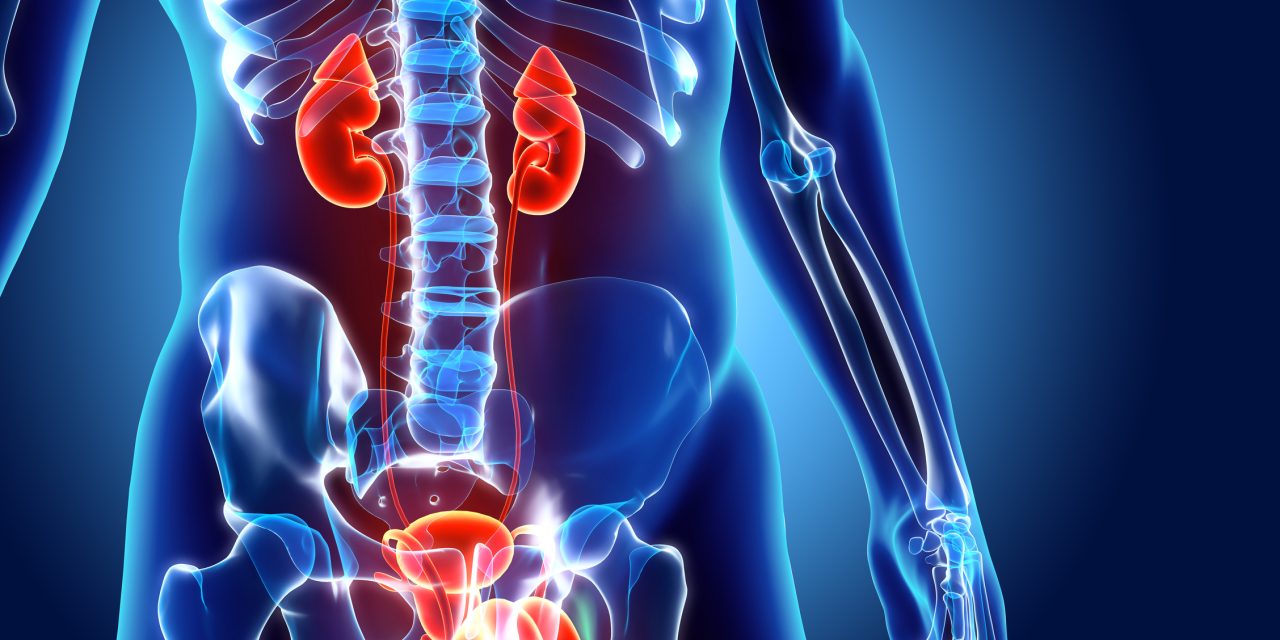To conduct a comprehensive evaluation of the current literature to assess the relationship between KSD and GI surgery was the goal of this study. From January 2000 to June 2020, the following databases were searched: MEDLINE, EMBASE, Scopus, Google Scholar, Key Urology, Uptodate, and Cochrane Trials. A total of 106 publications were discovered, and 12 complete papers were included after screening for titles, abstracts, and full articles. A total of 9299 individuals received primary GI surgery in this study. Over a 5.4-year average follow-up period, 819 people acquired KSD, with rates ranging from 1.2 to 83 percent among trials. The average period for stone creation was about 3 years. In the four trials that reported on the treatment of KSD, 38.6 percent required urological intervention.Following main GI surgery, there is a significant incidence of KSD, and after a three-year average follow-up, around 9% of patients acquired KSD. While the GI surgery was performed to treat obesity, inflammatory bowel disease, or cancer, the risk of KSD should be kept in mind during follow-up, and timely urologist participation with metabolic evaluation, medicinal, and/or surgical therapy should be given if appropriate.
Reference: https://link.springer.com/article/10.1007/s11934-021-01046-w


